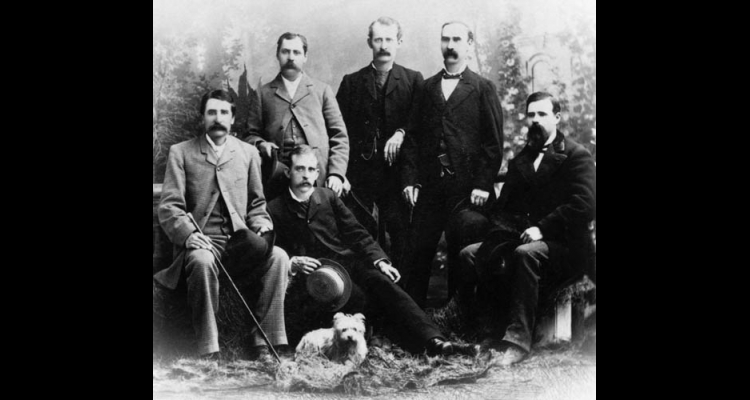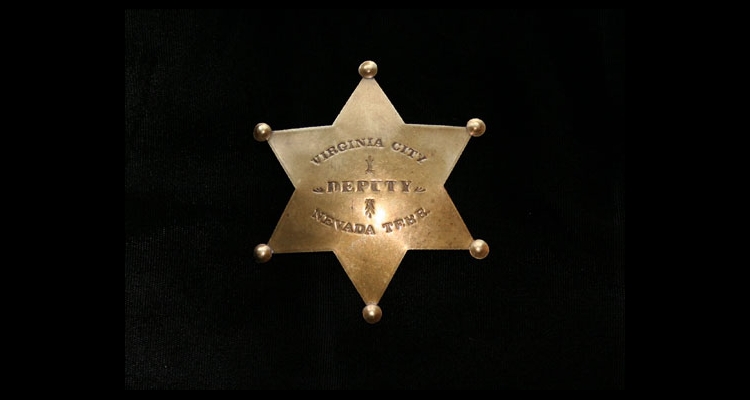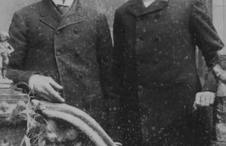Manx: Immigrants from the Isle of Man
The tiny Isle of Man, located in the Irish Sea, had a nineteenth-century population of roughly 60,000, so it was not able to send a substantial number of immigrants to Nevada. Nevertheless, those who arrived had an important effect on the territory and state.
In addition, the Manx belonged to the larger group of Celtic immigrants, without which Nevada would have been very different. Historically, the Manx were Gaelic speakers, making them close relatives of the Irish and the Scots, and more distantly of the Welsh, Cornish, and the Bretons of France.
Four Manx, two sets of brothers involved in Comstock mining and milling, appear in the 1860 census of what would become Nevada. That same year, Thomas and Robert Gracey arrived, coming from Downieville, California, to serve as volunteers during the Pyramid Lake War. They stayed in Virginia City to help build the community into an internationally famous capital of mining.
Thomas Gracey held public offices including Storey County Assessor and Virginia City Constable. In the 1860s and 70s, the brothers owned several prestigious saloons, placing them at the core of business and society in Virginia City. Understanding the Comstock's opportunities, they encouraged friends and relatives to immigrate. Eventually, their sister, her Manx husband, and numerous children called Virginia City home.
By 1870, Nevada Manx had increased to at least eighteen, but their tendency to refer to themselves as English makes it difficult to locate all of them. Despite this obstacle, it is clear that the Manx were scattered throughout the state, most settling on the Comstock or in the new mining districts near Hamilton in White Pine County.
The 1880 census records ten on the Comstock, with fifty-one in the entire state, but then their children were swelling the numbers of a second generation of Manx. The Graceys, intermarried with fellow Manx, the Kiegs, were at the height of their influence on the Comstock.
After the turn of the century, most Manx left Nevada with the failure of its mining industry in the 1880s. They never resumed their numbers or the influence they enjoyed in the nineteenth century. Still, descendants folded into the makeup of the state in ways that may never be fully understood.



